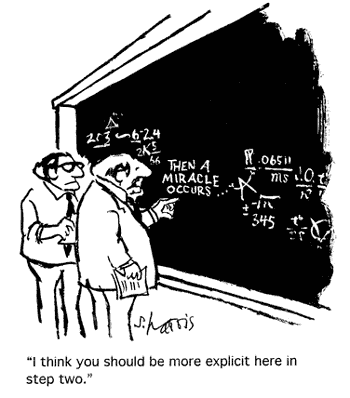Another Major Milestone Passed
![]() Our double-complete rainbow is double-completed!
Our double-complete rainbow is double-completed!
A few nights ago, we laid out the rainbows for both of the sequels to the Science Novel, with one flowing directly into the other. At that point, the second one was only about two-thirds done, but we were hot on the trail of a plot wrinkle that would give shape to the remainder of the story. So by the end of that session, our colorful array of paper squares reached its final form.
Our next step was to sleep on it. Not physically on the rainbow, of course. But this did mean that Lady Marzipan had to be banished from the Auxiliary Writing Cave for another night so we could leave things laid out. The next evening, Jen read off the first rainbow a row at a time while Kent typed up a synopsis of sorts, something we refer to as our prose outline. If Kent didn’t need to sleep, we might have powered through and done both of them, but Lady Marzipan had to stay out for yet another night. But finally, next time, we got there!
Typing up the prose outlines moves the story development process into a new phase. It’s not just transcription; it’s a chance to catch gaps and inconsistencies — looking at things through a different lens — and start getting a feel for the rhythms of the stories.
So what’s next? We lay them aside and work on something else. Specifically, we’re assessing critique notes on the Music Novel. We like to give stuff some time to rest as part of our process, and we don’t like to try to work on more than one book at a time.

